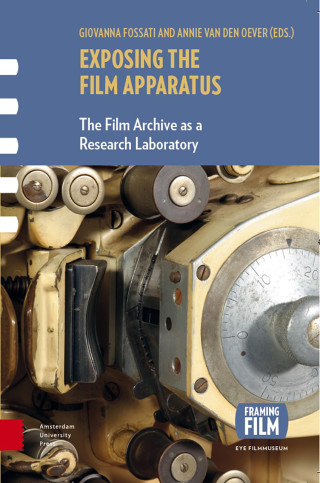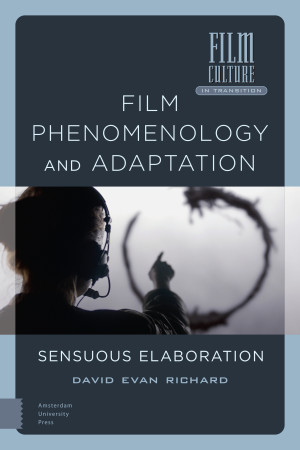Acknowledgements
List of Figures
Introduction. A 'Fleshly Dialogue'
If Only You Could See What I've Seen with Your Eyes
Fuzzy and Sticky: The Stigma of Subjective Impressionism in Adaptation Studies
Beyond 'Intertextual Dialogism': Phenomenology, Film, and a 'Fleshly Dialogue'
Corpus
Works Cited
Chapter One. Grave Visions: Visual Experience and Adaptation
Introduction: Eye-Opener
Visible and Visible: The 'Carnal Density of Vision'
Early Cinema Aesthetics as an Attractive Possibility for Screen Adaptation
Draped in Shadow: Murnau's Nosferatu
Glittering Night: Francis Ford Coppola's Bram Stoker's Dracula
Conclusion: Out of Sight
Works Cited
Chapter Two. Resonance and Reverberation: Sounding Out Screen Adaptation
Prelude
Acoustic Shape and the Sonic Wizardry of Screen Sound
Listening to the Voice's 'Acoustic, Sensuous Impression'
Heart of Glass: Rendering the Sounds of Depression in The Hours
Alienated Language: Under the Skin
Final Note
Works Cited
Chapter Three. Textural Analysis: Touching Adaptation
Introduction: Scratching the Surface
Skin and Bone: Fleshing Out Tactile Experience in Film Theory
'Thumbprints' and an 'Irritating' Performance: In the Cut's 'Tactile Orientation'
A Touching Sight: Embodied Voyeurism
Conclusion: Final Touch
Works Cited
Chapter Four. Textures of Imagination
Introduction: From Sight to Insight
Wonder, at the Limits of Adaptation Studies
Wonder, Make-Believe, and Simulation: Cognitive Approaches to Imagination
Embodied Imagination and Intercorporeality: Mind the ('Epistemic') Gap!
Inside-Out and Upside-Down: Mood Indigo's Existential Feelings
A Cute Grief: Feeling Blue in Mood Indigo
Conclusion: From Percept to Precept
Works Cited
Chapter Five. (Re-)Mediating Memory's Materiality
Introduction: Tracing Memory's Role in Adaptation
Untangling the 'Thick' Tissue of Memory
Textu(r)al Traces: Memory in Literature and Film
Straight-Laced: The Danish Girl, in Transition
Poison's 'Ambivalent Aesthetic' of Memory
Conclusion: The 'Pressure of the Past', Pushing Towards the Future
Works Cited
Conclusion. Body Language
Arriving at an Embodied Theory of Adaptation
Departures: Towards an 'Ethics of Adaptation'
Works Cited
Bibliography
Filmography
Index

